There’s nothing like having some nice shade trees around your pasture to protect your horses from the hot afternoon sun. And as long as there is plenty of grass, horses will likely leave the trees alone, but you never know what a bored or curious horse might try to nibble on. Here are 10 toxic trees for horses, which shouldn’t be grown near or in pastures.
1. Oak
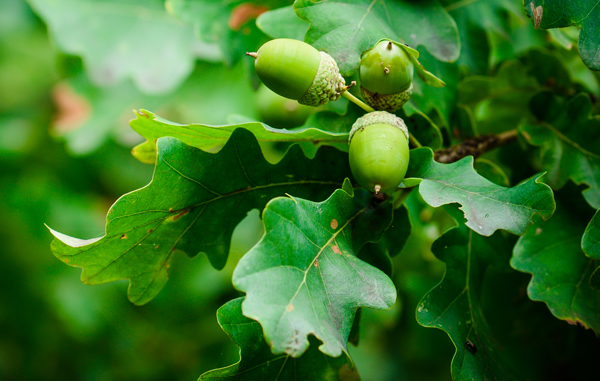
2. Red Maple
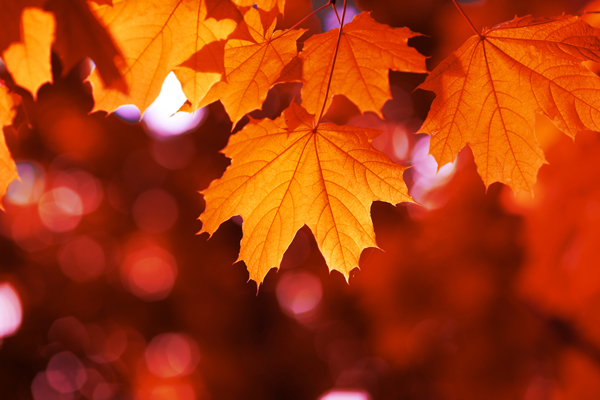
Unlike oak leaves, in which the toxins decrease as the leaves wilt, the leaves of red maples are troublesome because they become highly toxic to horses after the leaves have separated from the tree. It’s not known what the toxin is exactly, but wilted red maple leaves can be fatal to horses who consume them. The unidentified toxin causes the destruction of red blood cells, leading to anemia. The bark of the tree is also problematic.
Other maple species may also be toxic, though not as severely as red maple. Maples in general are native to the eastern half of the U.S., but may be cultivated in other regions.
3. Walnut
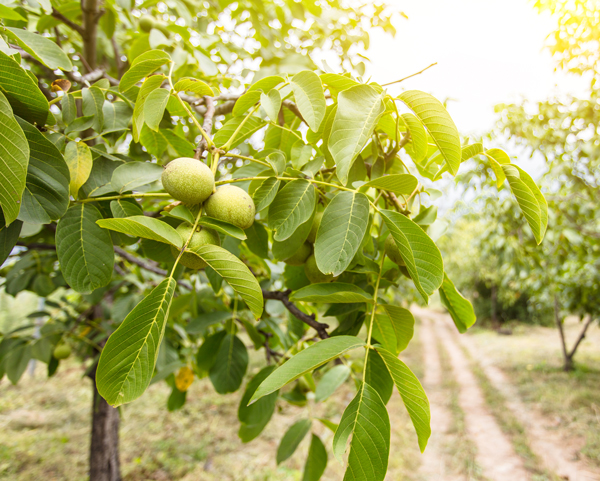
Walnut trees are an oddity in that they affect horses in ways you wouldn’t suspect. There are various types of walnut trees around the U.S., but the most problematic is the black walnut. Always check with your shavings supplier to make sure that it doesn’t have black walnut in the product because horse bedding contaminated with it can cause laminitis. The branches, leaves, pollen, and nut hulls of the various walnut trees can also poisonous and can cause respiratory problems or even liver cancer in horses. The problem is thought to be a chemical produced by the walnut tree called juglone, which can also affect other plants growing in its vicinity.
4. Yew
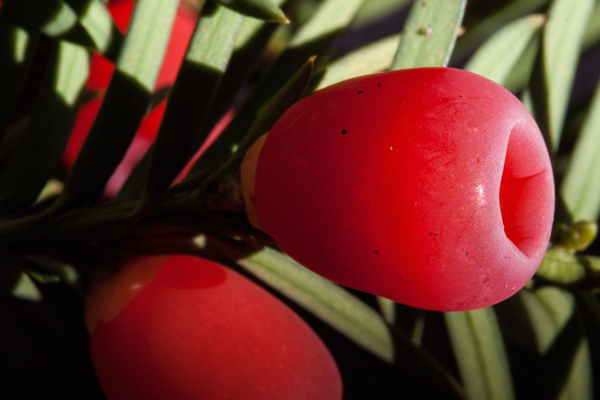
It’s true that yew is an attractive evergreen shrub/tree, and for this reason, it’s planted for decorative purposes in landscapes around buildings. At the same time, it’s also true that yew is very poisonous and very dangerous to horses (as well as people and other types of livestock). If horses consume yew—perhaps by gaining access to clippings or a shrub near a building—the results are often quickly fatal, so it’s critical to ensure that your horses never have access to these toxic trees. Yews can grow for hundreds of years, and are poisonous all year long, but more toxic in the winter.
5, 6, 7, and 8. Cherry (and Chokecherry), Apricot, Peach, and Plum
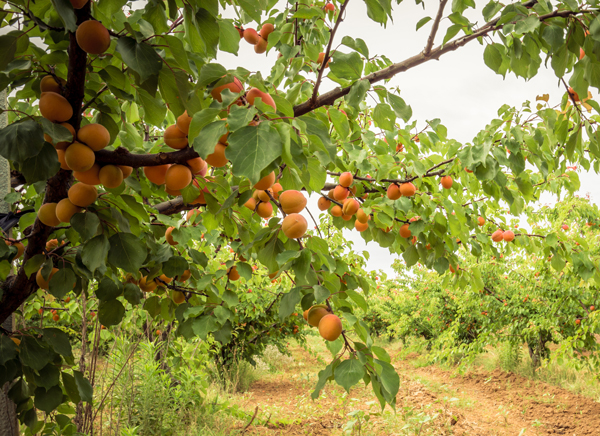
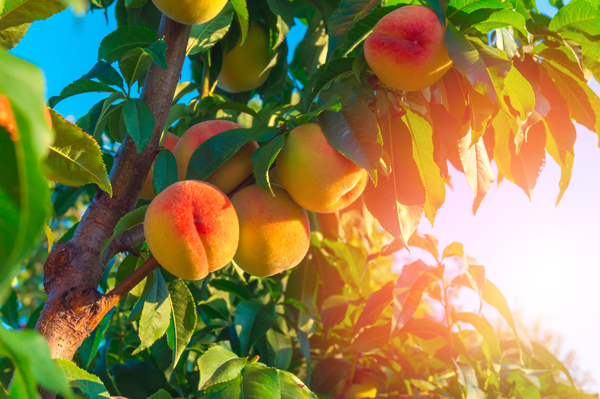
You probably haven’t planted any orchards in your horse pastures, but there might be fruit trees incorporated into your farm’s landscaping, or orchards on other areas of the property. There are some fruit trees that are toxic to horses that you need to avoid—those of the prunus family. This group includes familiar fruit trees like cherries, apricots, peaches, plums, and others. They’re all poisonous to horses in basically the same way; leaves from prunus trees become more toxic after they’ve fallen from the tree and begun to wilt, because it’s at this stage that the leaves contain cyanide. The bark and young shoots are also poisonous, as well as the fruit pits. Horses that ingest these parts of the tree will no longer be able to extract oxygen from their blood, leading to increased respiration and bright mucus membranes. If caught quickly enough, a veterinarian can sometimes intervene successfully.
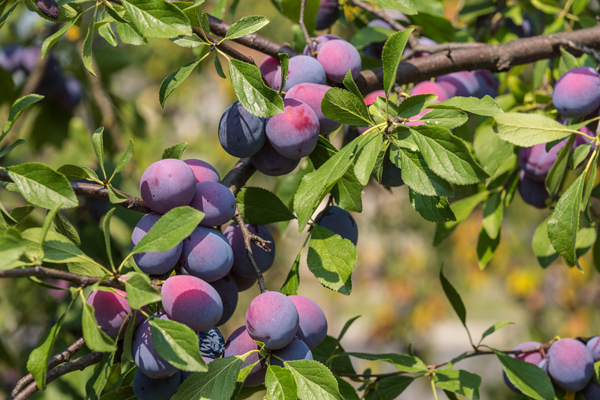
You may also find undomesticated cherry and plum trees growing wild along the edges of your pastures, particularly in the eastern half of the U.S. The problem here is that the leaves may blow into the pastures and into the reach of your horses, or summer storms might break branches off, and they land inside the fence. Periodic culling of small trees may be necessary to keep your horses safe. Also, watch out for the similar chokecherry, common throughout the northern half of the U.S. The berries have been used for hundreds of years by various Native American tribes, but the seeds and leaves are poisonous to horses.
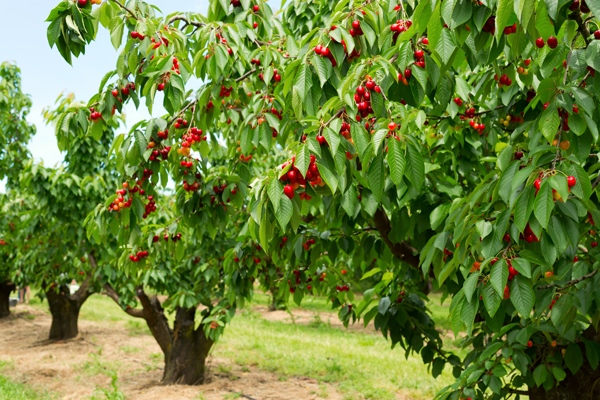
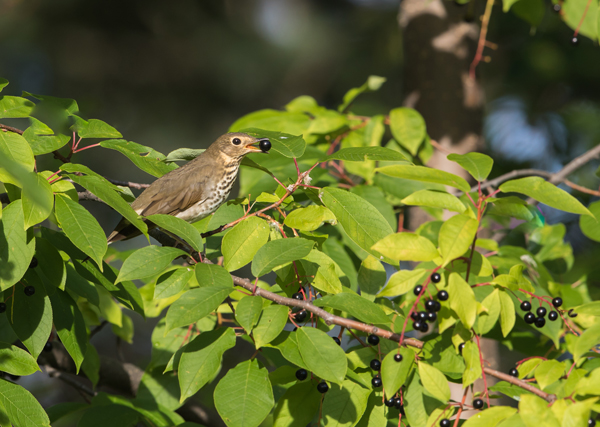
9. Oleander
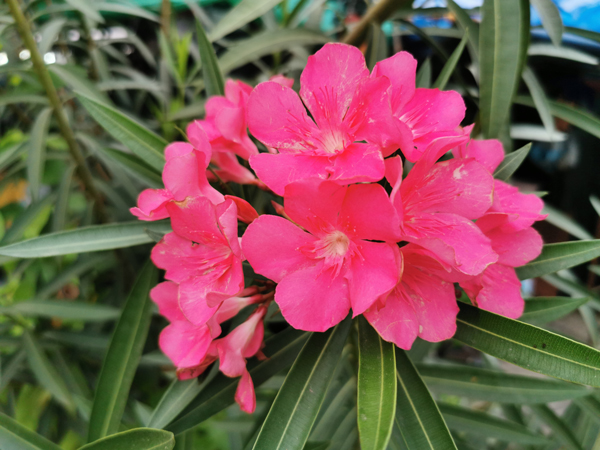
Oleander is a small evergreen tree (or it may be shaped into a shrub) that is planted for decorative purposes and found in the southern U.S. It’s an attractive tree with beautiful flowers, but it’s quite toxic to horses — the tree’s sap is even utilized in rodent poisons! Horses that consume oleander — and it only takes a handful of leaves — may show colic-like signs within a few hours, and the poison may be fatal fairly quickly after that. Summer and fall are times of greatest concern.
10. Horse Chestnut
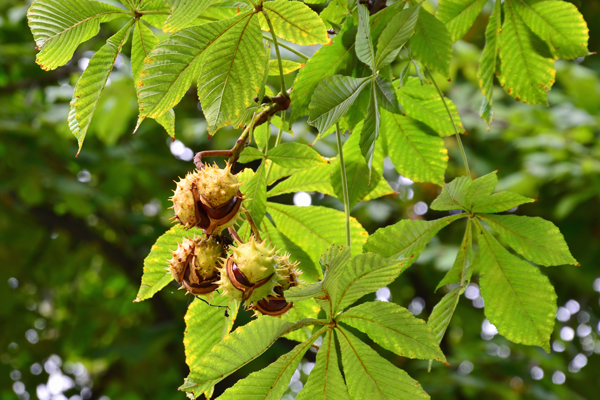
Also known regionally as “buckeyes,” the leaves, seeds, and sprouts of horse chestnut trees are poisonous to horses and can cause multiple digestive ailments, and, if severe enough, some nervous system issues. Though horses may be able to recover with veterinarian aid, horse chestnut trees are nevertheless quite toxic; even the nectar can be poisonous to bees. You’ll find horse chestnuts growing throughout most of the U.S., except for the far southern and far northern regions.
Have you have any problematic or toxic trees that you’ve had to remove from your horse property? Let us know in the comments.
Further Reading
◆ Ten Plants Toxic to Horses
◆ Managing Buttercups in Horse Pastures
◆ Poisonous Plants to Horses from the University of Tennessee



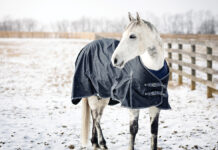
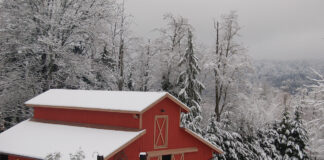

[…] It's true that yew is an attractive evergreen shrub/tree, and for this reason, it's planted for decorative purposes in landscapes around buildings. At the same time, it's also true that yew is very poisonous and very dangerous to horses (as well as people and other types of livestock). via […]